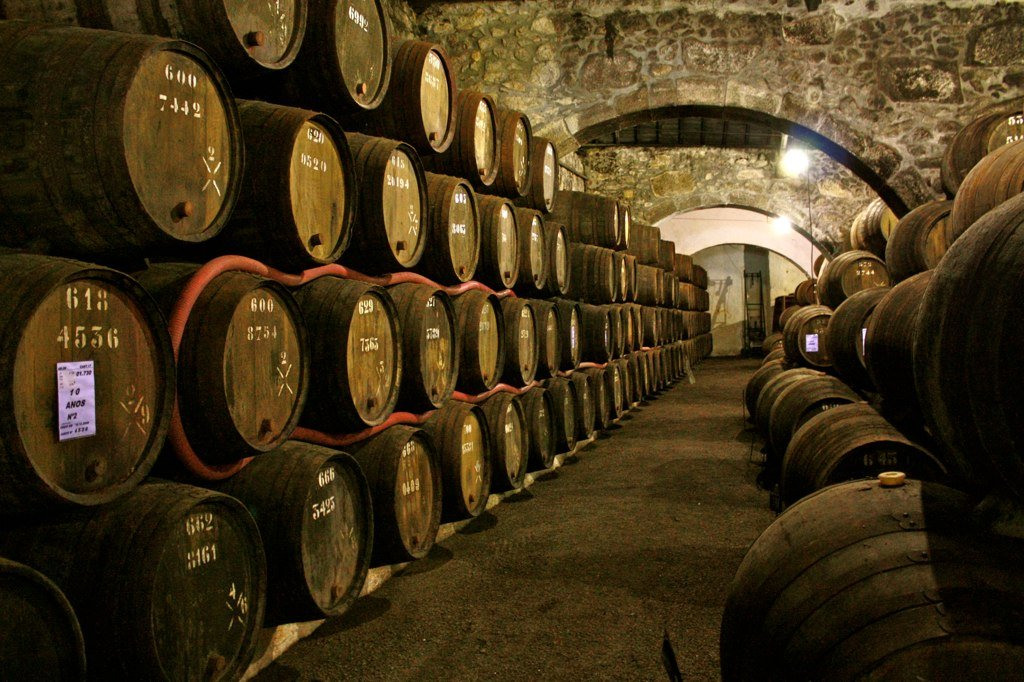Buying wine can be intimidating. How do you store it? Do you need a wine cellar? Can you just set the bottle on a shelf until you want to drink it? Take the worry out of storing your wine by understanding a few basic rules.
First, remember that these rules apply to the kinds of wine most of us drink relatively soon after buying. Expensive wines that need decades to mature will require more elaborate storage measures.
1. Temperature – The “Goldilocks” Rule: Not Too Hot and Not Too Cold
Perhaps the issue new wine buyers worry about most is understanding storage temperature. Nearly always, the ideal storage temperature will be around 55 degrees Fahrenheit. A steady temperature anywhere between 50 and 60 degrees is perfectly appropriate. Note the word “steady.” Avoid keeping your wine in a location where the temperature will fluctuate greatly. Don’t store it in the laundry room near your dryer, for example. Temperature extremes will harm wine by aging it too quickly. In Australia wine might suffer from extended periods of heat, while in Iceland it might become much too cold if not properly stored. Be mindful of the conditions your own circumstances dictate. Temperature extremes can cause wine to expand and contract, loosening the cork over time. When this happens, your wine can suffer from oxidation.
2. Humidity – Don’t Sweat It
Most wine drinkers need not worry too much about humidity. The optimum humidity level for storing wine is 70 percent. Wine will be perfectly fine if stored at 65 to 75 percent humidity. For most of us – those who don’t live in extreme climates – this does not present a problem. Where humidity consistently drops below the acceptable range, there is the chance that the cork may dry out. If this happens, wine can oxidate and spoil. Conversely, if humidity is too high, mold may find an opportunity to grow.
3. Stillness – No Good Vibrations
Wine should be stored in a location where it can rest quietly, with no movement, shaking or vibrations. Don’t store it under a staircase if family members will be thumping up and down all day, every day. Movement of this sort can keep the sediment in the wine from settling properly. When that happens, the taste can be affected or the wine may seem slightly gritty.
4. Light – Your Wine Likes the Dark
Wine is sensitive to light. Excessive exposure to light can age or degrade your wine. This is why so many wine bottles are dark in color; the dark glass is designed with an ultraviolet filtering effect to protect the bottle’s contents. Red wines are less sensitive to light than whites, but all wine needs to be protected from overexposure. A dark location such as a closet or cellar is best. If those options aren’t available, choose a spot where sunlight won’t shine directly on or near the bottles during the day.
5. Positioning the Bottle – Keep it Sideways or Pointing Down
Bottles of wine should always be stored on their sides or pointing downward. Doing so keeps the cork wet. Maintaining consistent moistness of the cork is desirable because it tends to prevent it from drying out and shrinking.
There you have it. Keep your wine at a steady and appropriate temperature, away from strong light and vibration, and stored sideways or nose down. Follow these simple rules and you will have many happy evenings with a wine glass in hand.


